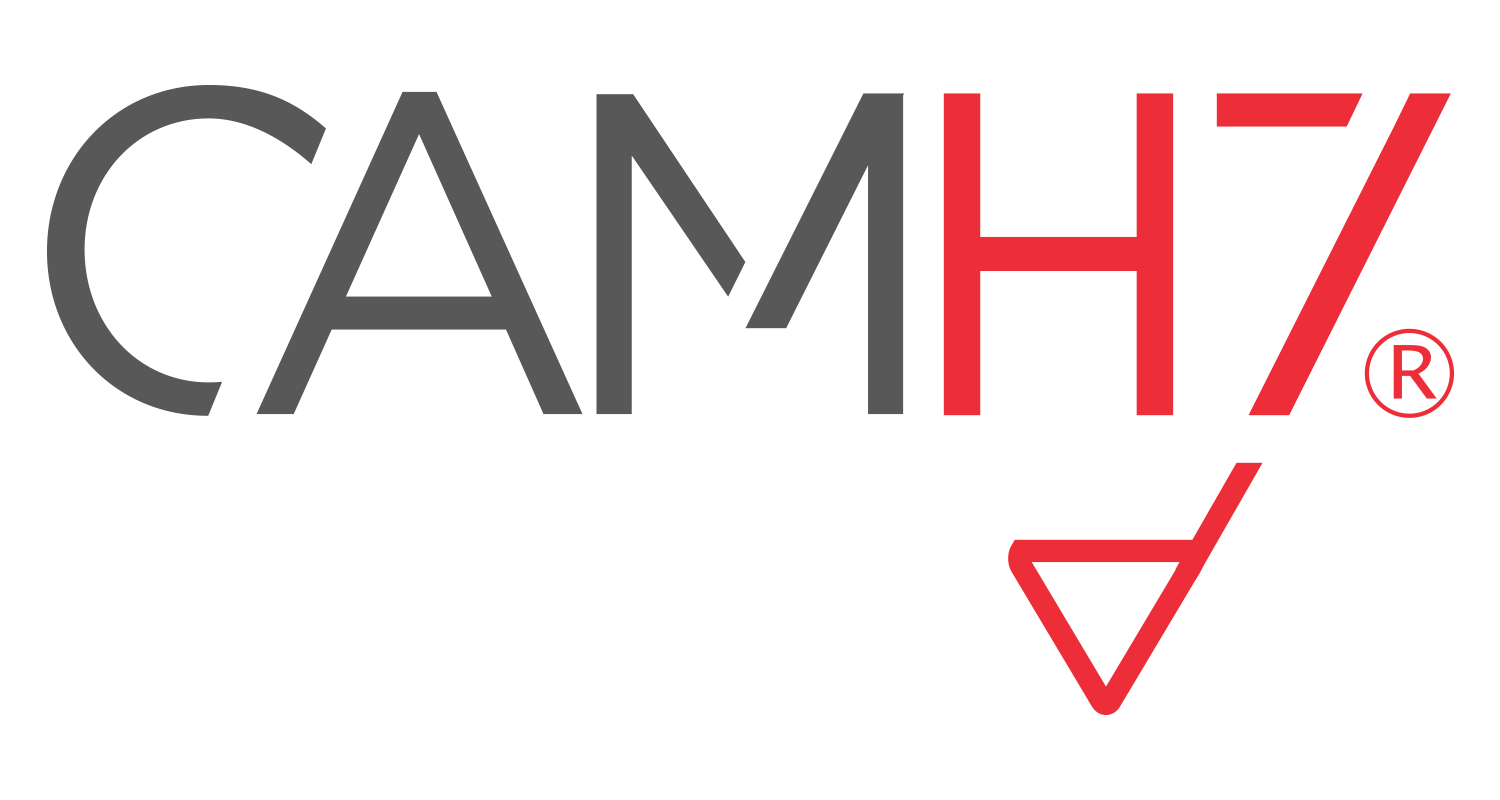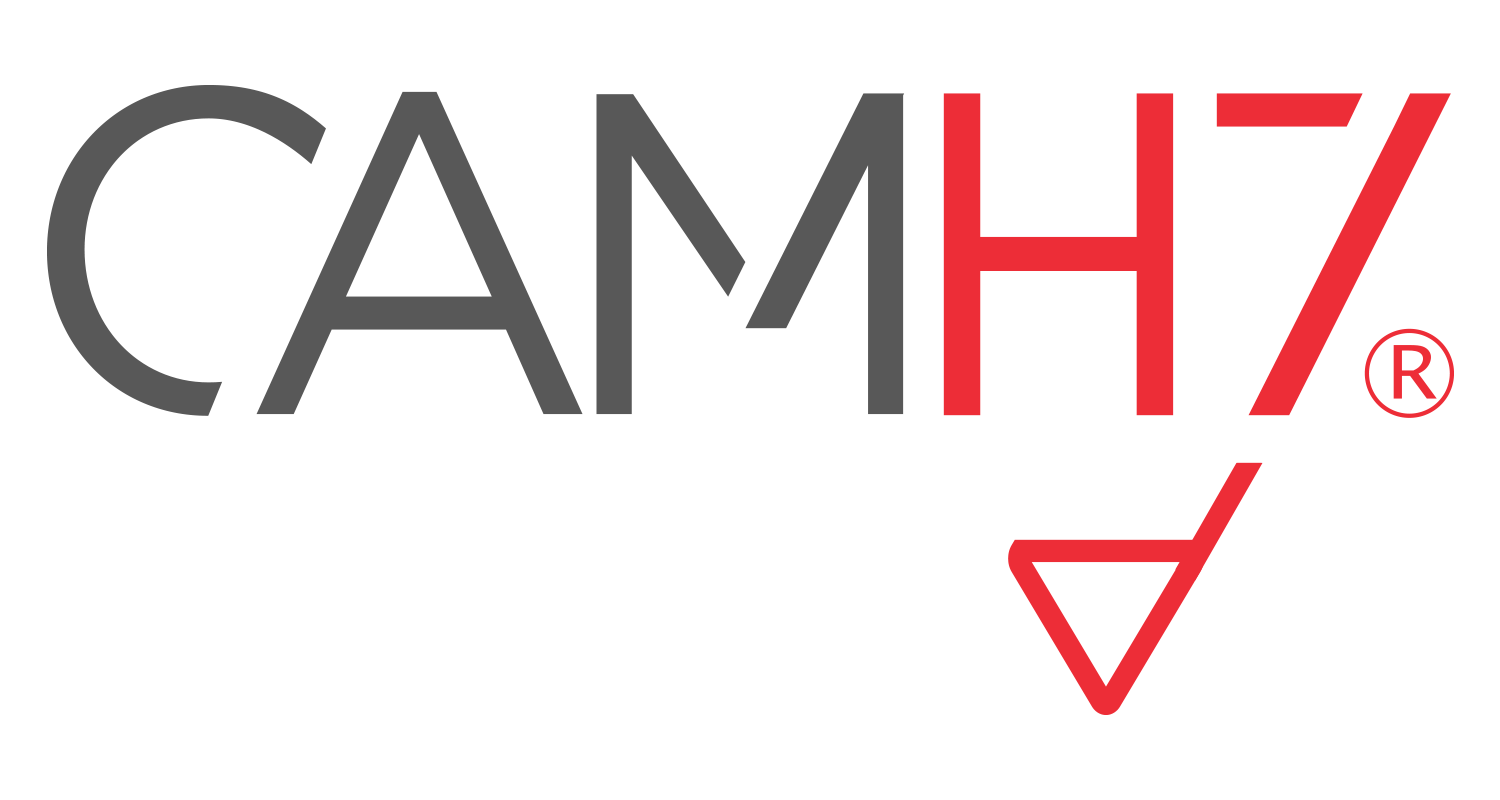What are Joints: A Comprehensive Guide to Recognizing Joint Structure and also Function
As integral parts of our bone and joint system, joints play a vital duty in allowing movement as variquit well as supporting our bodies. Recognizing the structure and feature of joints is necessary for any person thinking about composition, physiology, or preserving optimal wellness. This write-up intends to give a detailed overview to joints, covering their definition, types, parts, and usual problems.
Interpretation and Kinds Of Joints
Joints, additionally referred to as expressions, are the factors where two or more bones collaborated. They enable bones to move in relationship to every various other, supplying flexibility as well as promoting numerous movements.
There are three main kinds of joints:
- Synarthrosis: Likewise referred to as immovable joints, synarthrosis joints permit little or no motion. Examples include the joints between the head bones.
- Amphiarthrosis: These joints allow limited activity and are identified as somewhat movable joints. An instance is the pubic symphysis joint situated in between the pelvic bones.
- Diarthrosis: Diarthrosis joints are easily movable joints as well as are one of the most typical key in the human body. They allow a large range of movements and are discovered in the arm or legs, such as the shoulder joint.
Diarthrosis joints are additional categorized into six subtypes based on their structure as well as movement:
- Sphere as well as Socket Joint: These joints permit rotational and also multi-axial activities, offering the greatest variety of motion. The hip and also shoulder joints are examples of ball as well as outlet joints.
- Hinge Joint: Joint joints make it possible for motion in just one aircraft, similar to the opening and also closing of a door. The knee and also joint joints are categorized as joint joints.
- Pivot Joint: Pivot joints permit rotational activities around a main axis. The joint between the span and ulna bones in the forearm is a pivot joint.
- Condyloid (Ellipsoid) Joint: These joints permit flexion, extension, kidnapping, adduction, as well as circumduction motions. The joint between the metacarpal bones and the phalanges in the fingers is a condyloid joint.
- Saddle Joint: Saddle joints enable activities comparable to condyloid joints however with a higher array. The joint in between the carpal as well as metacarpal bone of the thumb is a saddle joint.
- Sliding (Plane) Joint: Moving joints assist in gliding activities between level surfaces. They can be found in the wrists and ankles.
Components of Joints
A joint includes numerous parts that collaborate to give security, stamina, as well as adaptability. The main components of a joint include:
- Articular Cartilage material: This smooth, slippery cartilage covers completions of bones where they satisfy at the joint. It minimizes rubbing and also takes in shock throughout motion.
- Synovial Fluid: Synovial liquid is a thick, thick liquid produced by the synovial membrane layer lining the joint. It lubes the joint, minimizing friction and also nourishing the articular cartilage.
- Synovial Membrane: The synovial membrane confines the joint, developing a pill. It secretes synovial fluid and also helps to nourish the articular cartilage.
- Ligaments: Tendons are bands of challenging, coarse connective cells that link bones to every other and also offer stability to the joint.
- Ligaments: Ligaments are strong cords of connective cells that affix muscle mass to bones, enabling activity as well as stabilization of the joint.
- Bursae: Bursae are small fluid-filled sacs situated in between bones, ligaments, and also ligaments. They offer cushioning, decrease rubbing, as well as aid in smooth movement.
Common Joint Conditions
Joints are at risk to various problems as well as injuries that can disrupt their typical function. Some typical joint conditions include:
- Osteo arthritis: This degenerative joint condition occurs when the protective cartilage material wears down gradually, creating pain, tightness, and also lowered wheelchair.
- Rheumatoid Joint inflammation: Rheumatoid joint inflammation is an autoimmune illness that causes swelling in the joints, bring about pain, swelling, and also deformity.
- Sprains: A strain describes the stretching or tearing of tendons surrounding a joint, commonly arising from sudden twisting or trauma. It causes pain, swelling, as well as instability.
- Bursitis: Bursitis is the inflammation of the bursae, usually brought on by repeated movements or extreme stress on the joints. It leads to pain, swelling, and restricted variety of movement.
- Tendinitis: Tendinitis is the inflammation or inflammation of a ligament, typically caused by repeated motions or overuse. It triggers discomfort, inflammation, as well as difficulty moving the affected joint.
- Misplacement: A joint dislocation happens when the bones in a joint are displaced of their regular settings. It causes severe pain, swelling, and also loss of joint function.
Conclusion
Joints are essential frameworks that permit us to relocate, do day-to-day tasks, and also participate in physical exercise. Recognizing the various types cardiform of joints and also their elements helps us value the complex systems that enable our bodies to preserve movement and also versatility. It is very important to deal with our joints with correct nutrition, normal exercise, and also by avoiding excessive stressors to minimize the danger of joint-related problems and also injuries.


